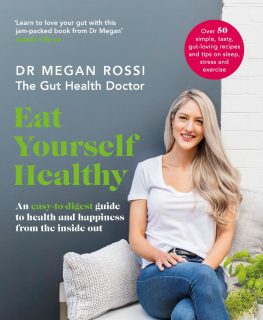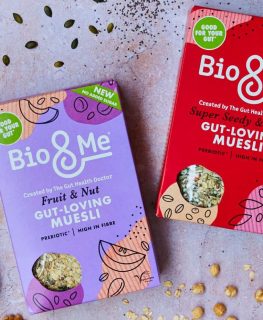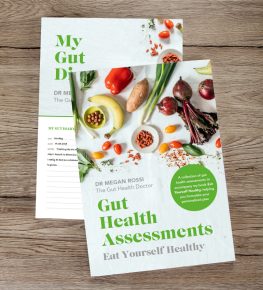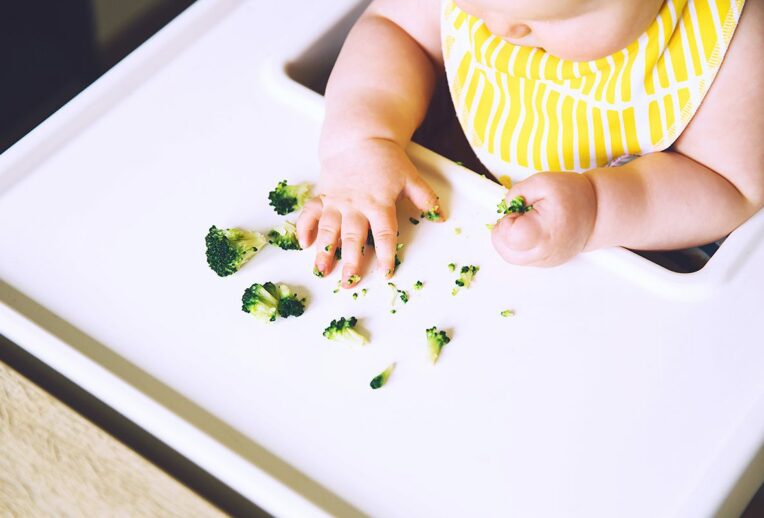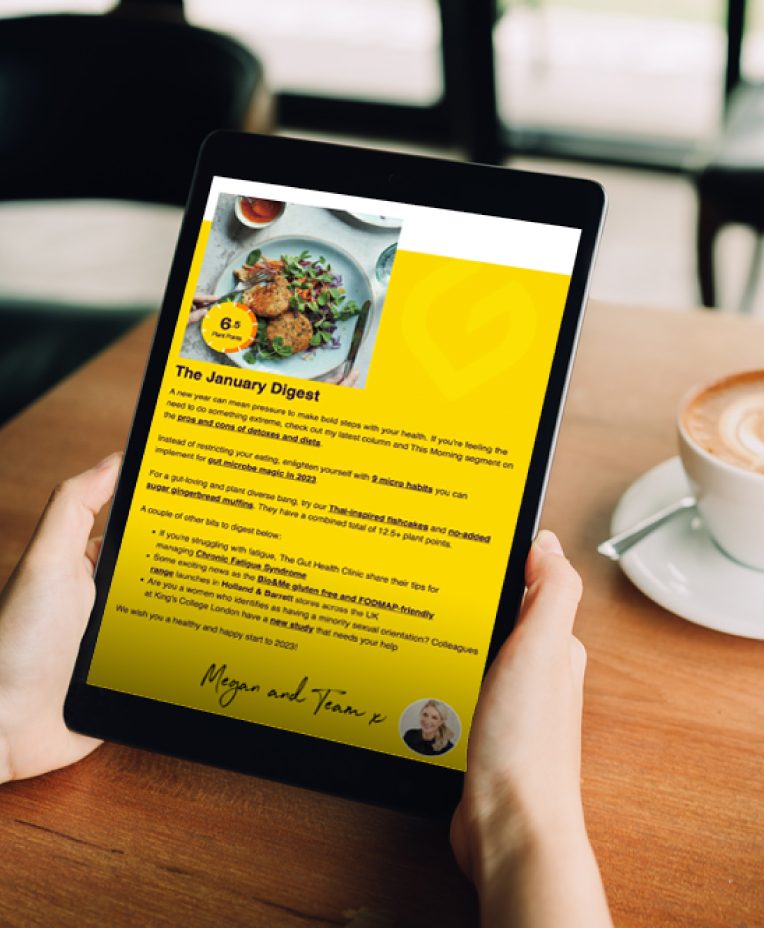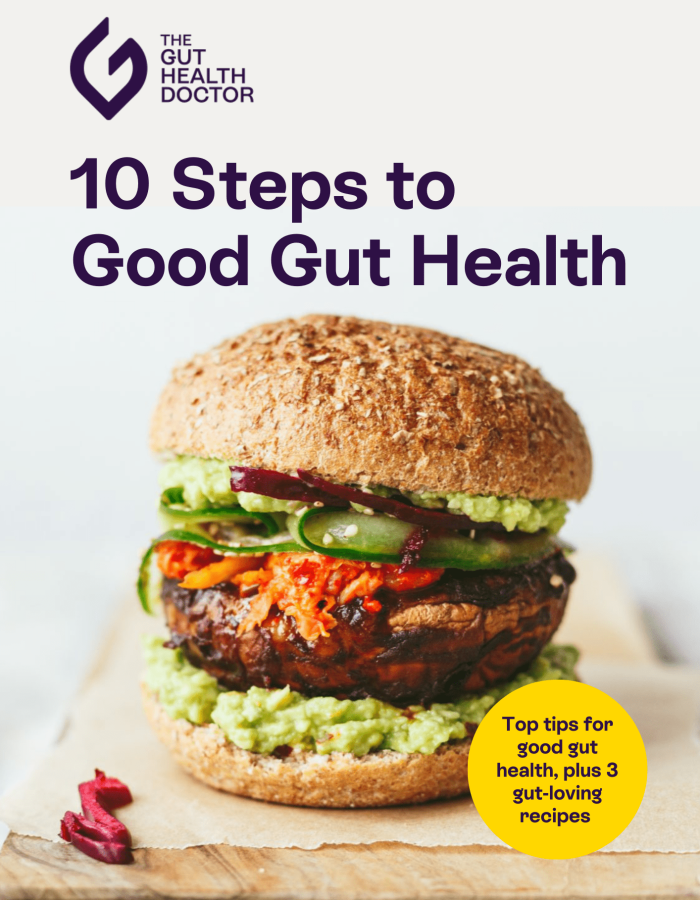Having lovingly fed your little one a liquid diet for the first 6 months of their life, it can be a daunting time when it comes to weaning them onto solids. See some helpful tips below to get you started!
When to start weaning
The current advice is to look to start solids (otherwise known as complementary feeding) around 6 months of age. Each baby is different, some may be ready slightly before this and others, may be ready slightly after this so don’t panic if on the day your baby turns 6 months, you want to give them a little longer before starting. It is not advised to start solids before the age of 17 weeks as their tiny tummies are not mature enough at this stage.
Signs of readiness
Regardless of how old your baby is, it is important to check for signs of them being ready before you get going on the adventure of weaning. These include:
- Good head control and able to support themselves whilst seated
- An interest in food and others around them eating
- Coordination skills such as able to bring their toys to their mouth and chomping
It is a common misconception that if a baby starts demanding more milk, they need to start solids. If they don’t have any other signs of readiness, it is more likely they are just having a busy time growing and their little bodies are telling them to drink more! (Unlike us adults that are prone to eating/drinking for many reasons other than hunger/thirst alone, babies are very good at regulating their own appetite and taking in what their body needs)
Baby Led Weaning (BLW) or spoon feeding with purées?
A common question I get asked – which is better? My answer – either! You don’t have to do either exclusively or may find a mix of both works well. Baby has some finger foods to begin to munch on before throwing on the floor and you offer spoons of purees in between the throwing! Find an approach which works best for your little one and roll with it. Fiercely independent babies may be better with BLW so they can pick up their own finger foods but also, they may take to picking up a spook with purees on in an attempt to (very messily) feed themselves.
What to start with when weaning? (from 6 months)
It is good to introduce them to as many different types of food as possible in the first few months of solids to get them used to different flavours and textures. Here are some different food ideas to trial over the first month or so to get started:
- Cereals such as porridge, weetabix or baby rice (made with formula or breast milk)
- Well cooked vegetables such as carrot, parsnip or broccoli cut into strips
- Ripe fruit such as banana, avocado or peach cut into strips
- A variety of fruits and vegetables – cooked then blended (you can make this in advance then portion ice cube trays and freeze to save time and limit food waste!)
- Soft finger foods such as boiled egg, well cooked pasta pieces, strips of cheese
When and how much to give?
Start off offering solids once per day, when they are at their happiest! Avoid times when they are due a feed (so they are not hangry and frustrated!) or straight after a feed (when they are all full up!). Start off with a spoon and be guided by them, if they are pushing it away or becoming upset, this is perfectly fine. Take a break or try again later. Force feeding does not fasten the weaning progression, it may actually delay it if they start associated food/mealtimes with feeling unhappy!
Single food introductions
As you begin to expose your little one to different foods and flavours, start off with single foods each mealtime. This is so in case your little one has a potential reaction; you have an idea about what may be the cause. Once you’ve given them a food and they’ve tolerated it, you can start to mix with others food to add to the deliciousness
Keep offering
If you offer them a certain food which they spit out or throw on the floor after one bite, this does not necessarily mean they dislike it and therefore will never eat it again. It can take up to 20 exposures for them to accept it so keep offering! Even if they pull a disgusted-looking face, they may still want more.
Allergens
It is important to introduce allergens into your little one’s diet from 6 months of age. Delaying their introduction can actually increase their risk of them developing an allergy.
- Milk
- Eggs
- Gluten (wheat, rye and barley)
- Nuts (crushed/blended/ground)
- Seeds (crushed/blended/ground)
- Fish (well cooked)
Introduce the above food types separately and in small amounts to start off if so any reactions can be seen more clearly. Once you have seen they have tolerated this, you can increase the portion sizes as you progress with weaning.
Foods to avoid in weaning
There are a few foods to avoid when starting off weaning to prevent little ones from becoming unwell.
- Honey – It can contain a bacteria which can make your little one unwell so avoid until 12 months of age
- Sugar – Avoid adding sugar to foods or offering foods with added sugar as this can lead to teeth decay
- Salt – Avoid adding to meals or offering salty foods as too much salt can be harmful to babies. If you want to add flavour to foods, you can add spices such as ginger or cinnamon
I hope you’ve found the above helpful. If you need further information or want individualised advice for your little one, book into see me, Chloe Elliott, at The Gut Health Clinic



